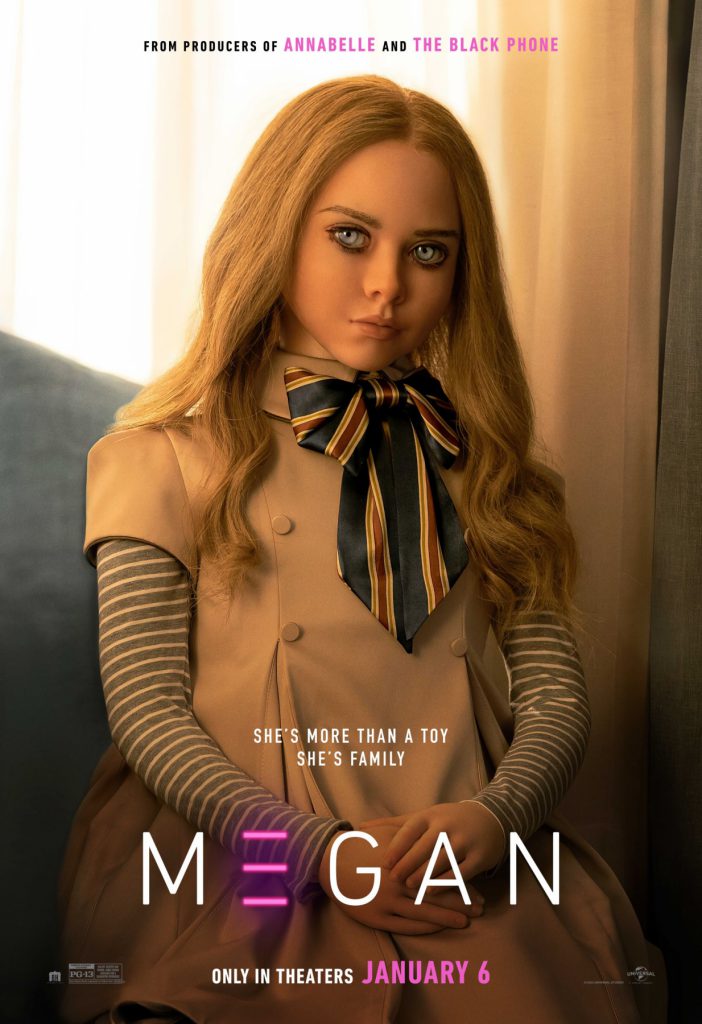Emily Gibson
Staff Writer
The phenomenon continues to build strength as the sequel is released and audiences across the world are engulfed and amazed
“This is not a fairy tale; it’s a war, and in war, there are tragic losses that must be mourned,” said Suzanne Collins of her “Hunger Games” book series. The wildly popular trilogy was published in 2008, and in just five years the first two novels have already been adapted into films, the latest of which premiered on Nov. 22.
The “Hunger Games” trilogy centers around a corrupt government that supresses its citizens by making two children from each of the twelve half-starved districts participate in a competition called the “Hunger Games”.
During the competition, the 24 participants fight to the death, leaving a lone, victorious survivor. While the novel also explores themes of power, class, identity and love, many people remain shocked at the brutality and violence of kids killing kids.
“I think a franchise about violence of any kind is popular because people are curious to know the consequences of such violence,” said freshman Lauren Aktug. “People also relate to the good guys of such a story, so they feel a sort of bitterness toward the antagonists, and even sort of wish this sort of violence upon them.”
The first “Hunger Games” film and its recent sequel, Catching Fire, were both rated PG-13. Since the movie makers were targeting teenagers and preteens to see the film, they adapted the movies to be less violent than the books, which if strictly followed would be rated R due to the level of violence and gore involved during the killing of children.
Still, the “Hunger Games” movies have been applauded for true to the books main plotline.
“I watched the first Hunger Games movie before I even read the series. And, although there were one or two differences between the two, I enjoyed them both the same. I was able to read the book as the movie played in my head,” Aktug said.
But more than portraying the violence of the war, the “Hunger Games” series has underlying themes of division, unity, and strength. The series’ protagonist, Katniss Everdeen, proves that women can be strong in a non-stereotypical or overkilled way, and the complexity and depth that she is written with has led fans to hail her as one of the most refreshing contemporary female characters.
“Katniss represents the women in the world who may live in terrible conditions yet have the ability to use their voice to change the world,” Aktug said.
The world of the “Hunger Games” is broken up into twelve districts by the government in the Capitol. With this concept, Collins makes a point about the powerlessness that comes with disunity, and the importance of overcoming class and race divisions to create a more equal society.
The “Hunger Games” world, though futuristic, highlights the way society is today,” Aktug said. “The gap between the wealthy and the poor is growing larger every day. [The series] represents how a community can come together to overcome corruption.”
When William Golding published his child violence novel, Lord Of The Flies, no one made #TeamRalph or #TeamPiggy T-shirts. But since its publication in 1954 to the beginning of “The Hunger Game’s” fad, society has not lost its interest in the brutal yet oddly fascinating situations in which children become savages. And such stories prompt young people to think about how they would handle a desperate situation like the Hunger Games.
The “Hunger Games” phenomenon has spread so far that the novel is beginning to replace “Lord Of The Flies” in school curriculums because of its contemporary look at gender, class, race and power, as well as desperation and violence.
As “Catching Fire” hits the box office, fans around the globe are pouring into theaters to see the highly anticipated sequel. The film has thus far received positive reviews and is expected to surpass the first installment of the trilogy in earnings and reviews.
As the film is released, fans flock to the movies with high expectations and visions of the book fresh in their minds. This movie promises more plot development, deeper interactions between the characters and some serious fight scenes involving apes, poison mist and trident wielding pretty boys.
“The Lord Of the Flies” has been a part of the American school curriculum for 59 years, yet that position is being threatened by the growing popularity of the “Hunger Games”. Whether or not the trilogy will last like Harry Potter or sink into obscurity like Twilight is unclear, but the odds are looking “ever in its favor.”


